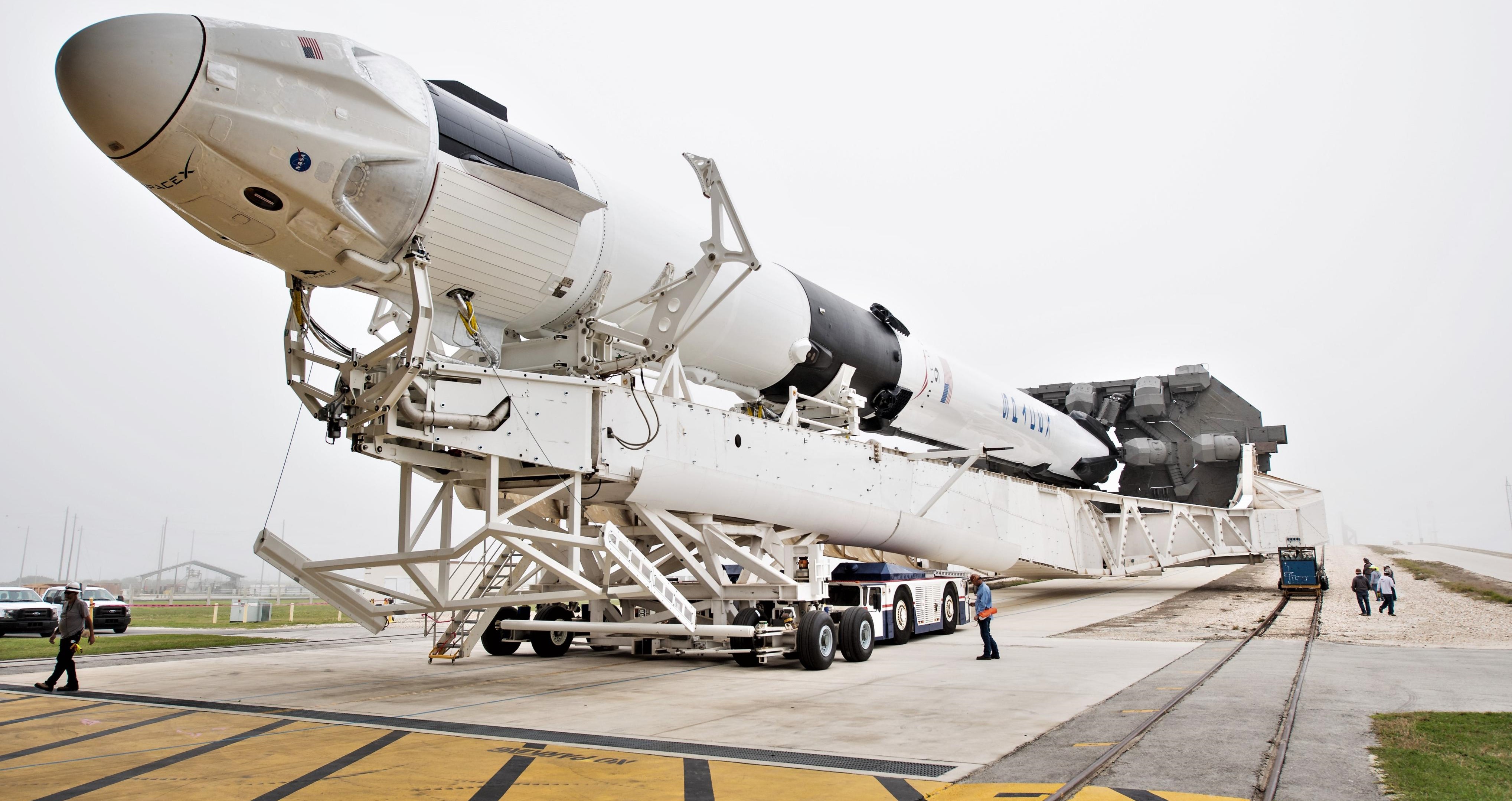

SpaceX
SpaceX’s crewed Dragon launch debut likely to slip into 2020 as NASA pursues “realistic” dates
In a recent blog post, NASA made it clear that changes happening to leadership within the agency – specifically within the Human Exploration and Operations Directorate – are impacting the timelines to return astronauts to the International Space Station(ISS) from US soil. Agency conflicts are just the latest of several setbacks that have impacted the schedule of SpaceX’s crewed Crew Dragon launch debut.
Initially, the SpaceX Demo-2 mission set to carry NASA astronauts Bob Behnken and Doug Hurley to the ISS was slated to occur in the summer of 2019. That demonstration flight has since dropped off of the NASA launches and landings schedule, at least through October. SpaceX is now targeting a Demo-2 launch no earlier than December 2019 but an array of critical milestones must be completed to achieve that goal and both SpaceX and NASA have been keen to express that a crewed Crew Dragon launch in 2019 is a huge stretch.
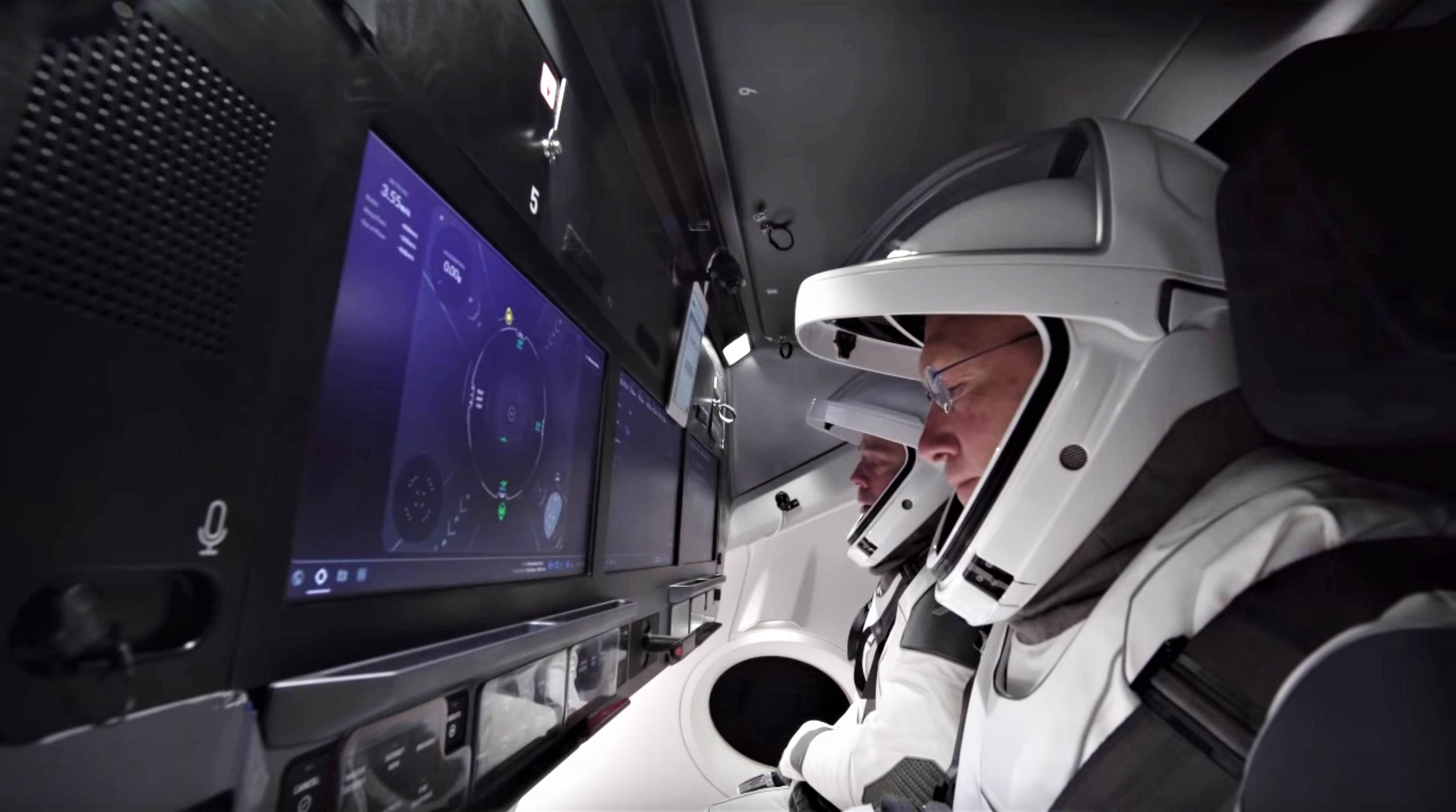
According to the recent blog post, “NASA Administrator (Jim Bridenstine) has directed all programs in the Human Exploration and Operations Directorate to reexamine flight dates once new leadership is in place to deliver realistic schedule plans.” It is very likely that these new schedule plans will push the Demo-2 launch target into 2020.
Another roadblock that affects the timeline is the fact that SpaceX has yet to conduct an in-flight abort (IFA) test of the Crew Dragon capsule, meant to demonstrate the ability of the capsule’s SuperDraco thruster abort system to safely return crewmembers back to Earth in the event of an in-flight failure. SpaceX’s IFA has been delayed by multiple months after a catastrophic anomaly during an attempted April 2019 static fire test of the abort system resulted in the complete loss of the Crew Dragon capsule (C201), originally assigned to support the IFA. Although the capsule was destroyed, valuable lessons were learned about the pressurization and propulsion systems of Crew Dragon, particular “the flammability of the check valve’s titanium internal components” according to a July 15th statement released by SpaceX.
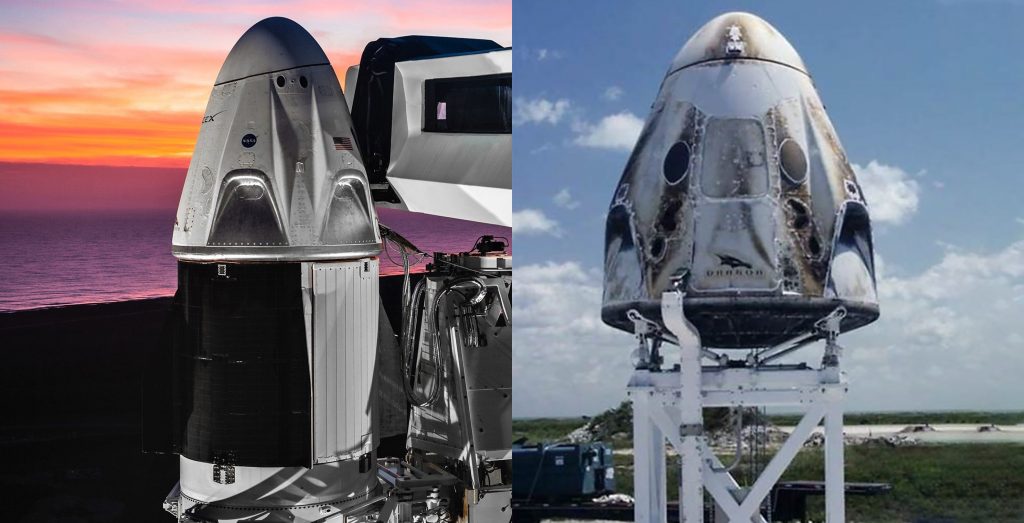
As a result of the loss of C201, the in-flight abort test must now use the Crew Dragon capsule (C205) originally intended for the Demo-2 to transport Behnken and Hurley to the ISS. The findings from the anomaly investigation identified changes to the SuperDraco thruster abort system that would need to be made to all capsules currently in production prior to any future flights. SpaceX states that “thorough testing and analysis of these mitigations has already begun in close coordination with NASA, and will be completed well in advance of future flights.”
Pending SpaceX’s modification of Dragon 2 hardware and NASA’s approval, a new launch date for the in-flight abort test could be announced as early as August. According to SpaceX CEO, Elon Musk, Falcon 9 Block 5 booster B1048.3 – the second booster to successfully complete three launches and landings – will likely support Crew Dragon’s in-flight abort test, although there have been indications from NASASpaceflight.com that B1046.3 is also a candidate.
Step by step
Following a successful in-flight abort test and recovery of the Crew Dragon capsule, a joint flight readiness review will be conducted by SpaceX, NASA’s Human Exploration and Operations Directorate (HEOD), the Commercial Crew Program (CCP), and the International Space Station Program to settle on a launch date for Demo-2. This meeting will ensure that all parties are well-versed in the procedures required to support crewed spaceflight missions from US soil after an almost decade-long hiatus.
Another anticipated safety procedure that is assumed to be tested prior to the designation of a crewed flight date is a full rehearsal of emergency escape procedures at Launch Complex 39A (LC-39A), located at Kennedy Space Center, Florida. A joint version of this test was recently completed by NASA, Boeing, and United Launch Alliance in anticipation of crewed flights launching from Space Launch Complex 41 on Cape Canaveral Air Force Station in Florida. As an escape system has not been necessary at LC-39A since the retirement of the Shuttle program, SpaceX and NASA may participate in a similar demonstration utilizing a recently installed zip-line egress system on the Fixed Service Structure of LC-39A.
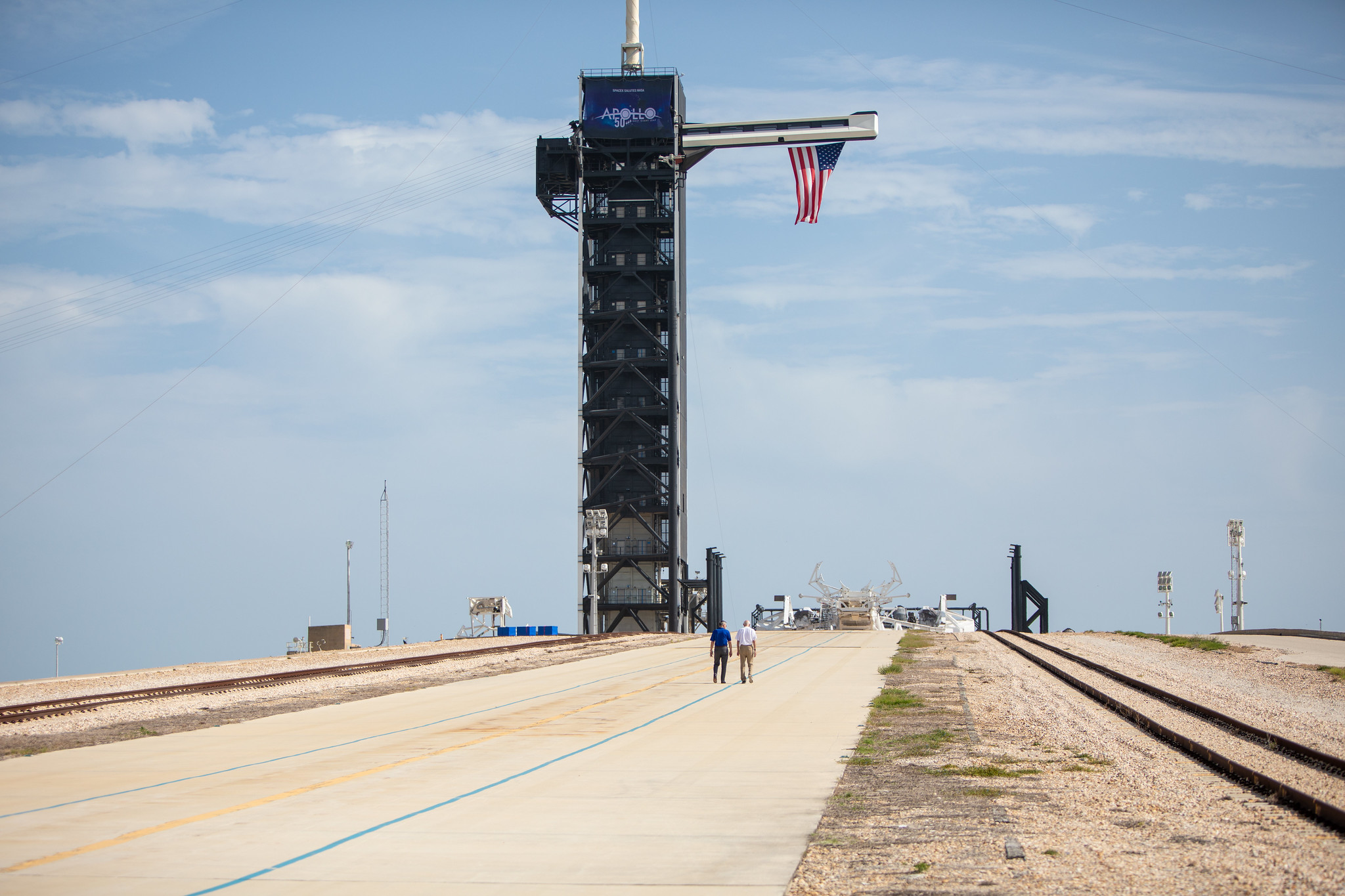
Although there is some time remaining in the year for SpaceX and NASA to meet all pre-flight objectives, it seems more likely that a crewed SpaceX demonstration mission to the ISS will occur sometime in 2020. As NASA said “we are testing, learning and incorporating changes to improve the design and operation of these next-generation human space transportation systems. As a result, our providers have improved the safety of these systems, and the effect of these changes have impacted schedules.”
Finally, according to recent reports from a handful of Russian media outlets, Crew Dragon’s inaugural crewed launch is believed to be scheduled for absolutely no earlier than (NET) mid-December 2019, although all signs point to that date being purely for planning purposes. In short, Crew Dragon’s Demo-2 mission is all but guaranteed to slip into 2020, but those delays will (hopefully) result in a significantly safer and more reliable spacecraft.
Check out Teslarati’s Marketplace! We offer Tesla accessories, including for the Tesla Cybertruck and Tesla Model 3.
News
SpaceX’s Crew-11 mission targets July 31 launch amid tight ISS schedule
The flight will lift off from Launch Complex 39A at Kennedy Space Center in Florida.

NASA and SpaceX are targeting July 31 for the launch of Crew-11, the next crewed mission to the International Space Station (ISS). The flight will lift off from Launch Complex 39A at Kennedy Space Center in Florida, using the Crew Dragon Endeavour and a Falcon 9 booster.
Crew Dragon Endeavour returns
Crew-11 will be the sixth flight for Endeavour, making it SpaceX’s most experienced crew vehicle to date. According to SpaceX’s director of Dragon mission management, Sarah Walker, Endeavour has already carried 18 astronauts representing eight countries since its first mission with NASA’s Bob Behnken and Doug Hurley in 2020, as noted in an MSN report.
“This Dragon spacecraft has successfully flown 18 crew members representing eight countries to space already, starting with (NASA astronauts) Bob (Behnken) and Doug (Hurley) in 2020, when it returned human spaceflight capabilities to the United States for the first time since the shuttle retired in July of 2011,” Walker said.
For this mission, Endeavour will debut SpaceX’s upgraded drogue 3.1 parachutes, designed to further enhance reentry safety. The parachutes are part of SpaceX’s ongoing improvements to its human-rated spacecraft, and Crew-11 will serve as their first operational test.
The Falcon 9 booster supporting this launch is core B1094, which has launched in two previous Starlink missions, as well as the private Ax-4 mission on June 25, as noted in a Space.com report.
The four-members of Crew-11 are NASA astronauts Zena Cardman and Mike Fincke, as well as Japan’s Kimiya Yui and Russia’s Oleg Platonov.
Tight launch timing
Crew-11 is slated to arrive at the ISS just as NASA coordinates a sequence of missions, including the departure of Crew-10 and the arrival of SpaceX’s CRS-33 mission. NASA’s Bill Spetch emphasized the need for careful planning amid limited launch resources, noting the importance of maintaining station altitude and resupply cadence.
“Providing multiple methods for us to maintain the station altitude is critically important as we continue to operate and get the most use out of our limited launch resources that we do have. We’re really looking forward to demonstrating that capability with (CRS-33) showing up after we get through the Crew-11 and Crew-10 handover,” Spetch stated.
News
SpaceX launches Ax-4 mission to the ISS with international crew
The SpaceX Falcon 9 launched Axiom’s Ax-4 mission to ISS. Ax-4 crew will conduct 60+ science experiments during a 14-day stay on the ISS.
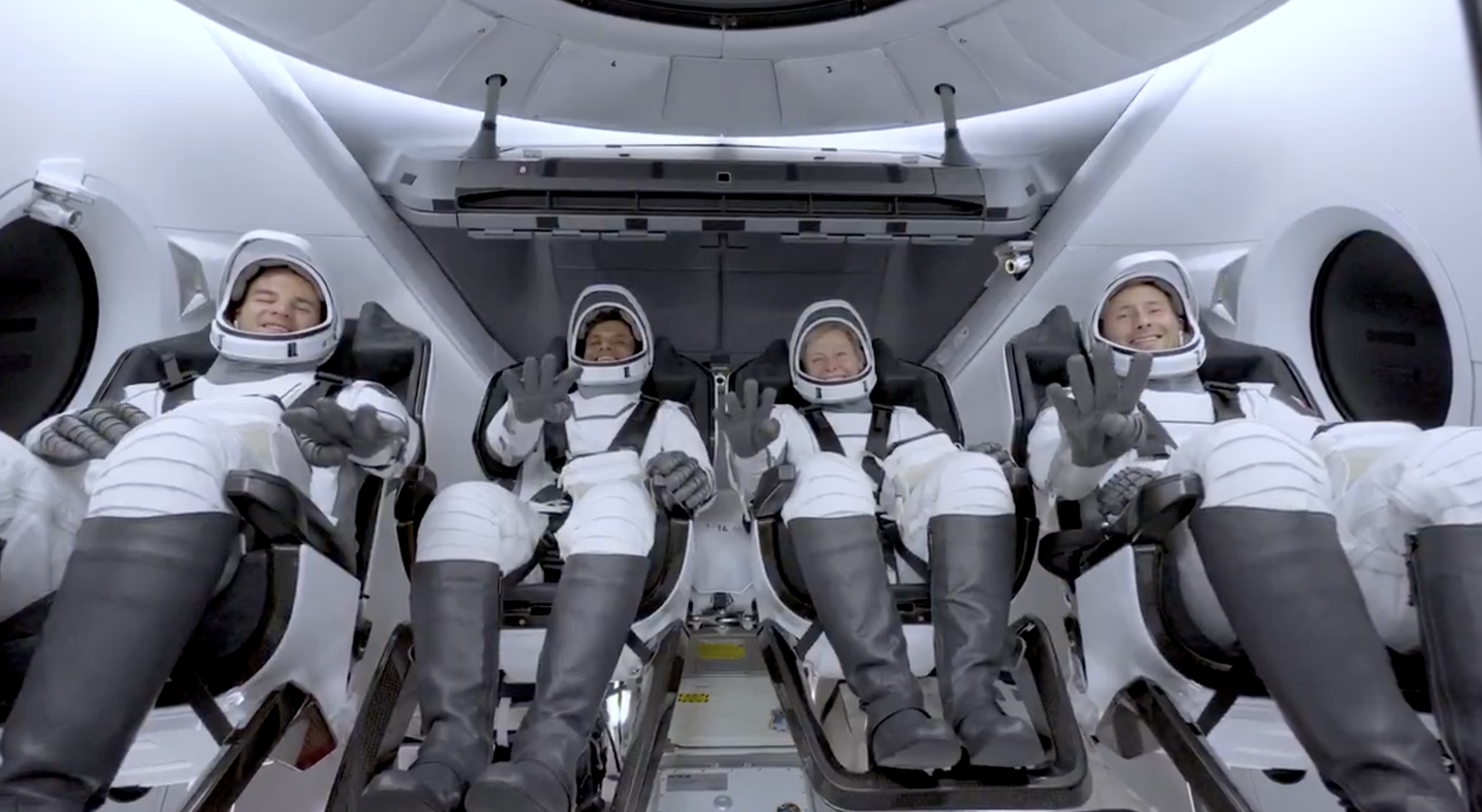
SpaceX launched the Falcon 9 rocket kickstarting Axiom Space’s Ax-4 mission to the International Space Station (ISS). Axiom’s Ax-4 mission is led by a historic international crew and lifted off from Kennedy Space Center’s Launch Complex 39A at 2:31 a.m. ET on June 25, 2025.
The Ax-4 crew is set to dock with the ISS around 7 a.m. ET on Thursday, June 26, 2025. Axiom Space, a Houston-based commercial space company, coordinated the mission with SpaceX for transportation and NASA for ISS access, with support from the European Space Agency and the astronauts’ governments.
The Ax-4 mission marks a milestone in global space collaboration. The Ax-4 crew, commanded by U.S. astronaut Peggy Whitson, includes Shubhanshu Shukla from India as the pilot, alongside mission specialists Sławosz Uznański-Wiśniewski from Poland and Tibor Kapu from Hungary.
“The trip marks the return to human spaceflight for those countries — their first government-sponsored flights in more than 40 years,” Axiom noted.
Shukla’s participation aligns with India’s Gaganyaan program planned for 2027. He is the first Indian astronaut to visit the ISS since Rakesh Sharma in 1984.
Axiom’s Ax-4 mission marks SpaceX’s 18th human spaceflight. The mission employs a Crew Dragon capsule atop a Falcon 9 rocket, designed with a launch escape system and “two-fault tolerant” for enhanced safety. The Axiom mission faced a few delays due to weather, a Falcon 9 leak, and an ISS Zvezda module leak investigation by NASA and Roscosmos before the recent successful launch.
As the crew prepares to execute its scientific objectives, SpaceX’s Ax-4 mission paves the way for a new era of inclusive space research, inspiring future generations and solidifying collaborative ties in the cosmos. During the Ax-4 crew’s 14-day stay in the ISS, the astronauts will conduct nearly 60 experiments.
“We’ll be conducting research that spans biology, material, and physical sciences as well as technology demonstrations,” said Whitson. “We’ll also be engaging with students around the world, sharing our experience and inspiring the next generation of explorers.”
SpaceX’s Ax-4 mission highlights Axiom’s role in advancing commercial spaceflight and fostering international partnerships. The mission strengthens global space exploration efforts by enabling historic spaceflight returns for India, Poland, and Hungary.
News
Starlink Cellular’s T-Mobile service to grow with third-party app data
From Oct 2025, T-Satellite will enable third-party apps in dead zones! WhatsApp, X, AccuWeather + more coming soon.
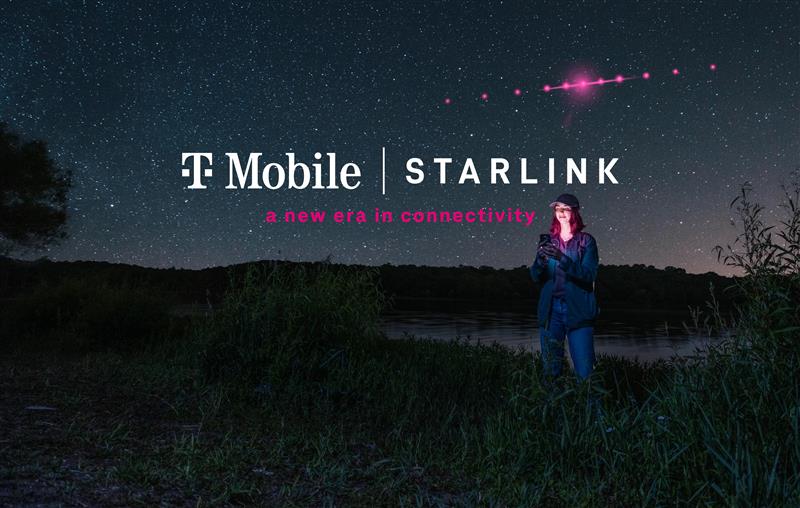
Starlink Cellular’s T-Mobile service will expand with third-party app data support starting in October, enhancing connectivity in cellular dead zones.
T-Mobile’s T-Satellite, supported by Starlink, launches officially on July 23. Following its launch, T-Mobile’s Starlink Cellular service will enable data access for third-party apps like WhatsApp, X, Google, Apple, AccuWeather, and AllTrails on October 1, 2025.
T-Mobile’s Starlink Cellular is currently in free beta. T-Satellite will add MMS support for Android phones on July 23, with iPhone support to follow. MMS support allows users to send images and audio clips alongside texts. By October, T-Mobile will extend emergency texting to all mobile users with compatible phones, beyond just T-Mobile customers, building on its existing 911 texting capability. The carrier also provides developer tools to help app makers integrate their software with T-Satellite’s data service, with plans to grow the supported app list.
T-Mobile announced these updates during an event celebrating an Ookla award naming it the best U.S. phone network, a remarkable turnaround from its last-place ranking a decade ago.
“We not only dream about going from worst to best, we actually do it. We’re a good two years ahead of Verizon and AT&T, and I believe that lead is going to grow,” said T-Mobile’s Chief Operating Officer Srini Gopalan.
T-Mobile unveiled two promotions for its Starlink Cellular services to attract new subscribers. A free DoorDash DashPass membership, valued at $10/month, will be included with popular plans like Experience Beyond and Experience More, offering reduced delivery and service fees. Meanwhile, the Easy Upgrade promotion targets Verizon customers by paying off their phone balances and providing flagship devices like the iPhone 16, Galaxy S25, or Pixel 9.
T-Mobile’s collaboration with SpaceX’s Starlink Cellular leverages orbiting satellites to deliver connectivity where traditional networks fail, particularly in remote areas. Supporting third-party apps underscores T-Mobile’s commitment to enhancing user experiences through innovative partnerships. As T-Satellite’s capabilities grow, including broader app integration and emergency access, T-Mobile is poised to strengthen its lead in the U.S. wireless market.
By combining Starlink’s satellite technology with strategic promotions, T-Mobile is redefining mobile connectivity. The upcoming third-party app data support and official T-Satellite launch mark a significant step toward seamless communication, positioning T-Mobile as a trailblazer in next-generation wireless services.
-

 News3 days ago
News3 days agoTesla debuts hands-free Grok AI with update 2025.26: What you need to know
-

 Elon Musk1 week ago
Elon Musk1 week agoElon Musk confirms Grok 4 launch on July 9 with livestream event
-

 Elon Musk5 days ago
Elon Musk5 days agoxAI launches Grok 4 with new $300/month SuperGrok Heavy subscription
-

 News2 weeks ago
News2 weeks agoTesla Model 3 ranks as the safest new car in Europe for 2025, per Euro NCAP tests
-

 Elon Musk2 weeks ago
Elon Musk2 weeks agoxAI’s Memphis data center receives air permit despite community criticism
-

 News5 days ago
News5 days agoTesla begins Robotaxi certification push in Arizona: report
-

 Elon Musk2 weeks ago
Elon Musk2 weeks agoTesla reveals it is using AI to make factories more sustainable: here’s how
-

 Elon Musk2 weeks ago
Elon Musk2 weeks agoTesla scrambles after Musk sidekick exit, CEO takes over sales
















